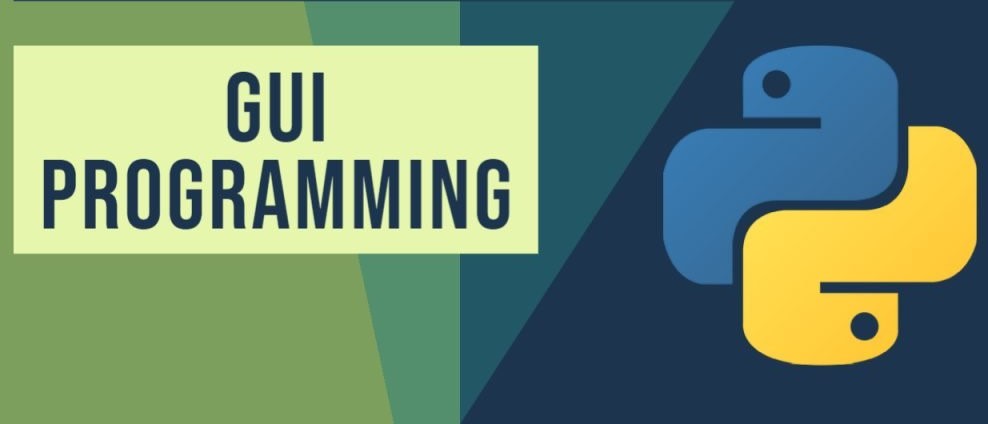Choosing the Right Python GUI Framework: A Comparison of wxPython and Tkinter
When it comes to creating graphical user interfaces (GUIs) in Python, developers have several options to choose from. Two popular choices are wxPython and Tkinter. Both libraries provide tools and functionality for building interactive and visually appealing GUI applications. In this blog post, we will compare wxPython and Tkinter, highlighting their features, ease of use, and suitability for different projects. Whether you’re a beginner or an experienced Python programmer, understanding the strengths and weaknesses of these two libraries will help you make an informed decision for your GUI programming needs.
wxPython
wxPython is a powerful and versatile GUI toolkit that allows developers to create cross-platform applications. It is a Python wrapper for wxWidgets, a C++ library known for its native look and feel on various operating systems. One of the key advantages of wxPython is its extensive set of widgets and controls, providing developers with a wide range of options for creating sophisticated GUIs. Additionally, wxPython supports event-driven programming, allowing developers to respond to user interactions effectively. With its robust documentation and active community, wxPython is an excellent choice for building complex, feature-rich applications.
Tkinter
Tkinter, on the other hand, is Python’s standard GUI toolkit. It is bundled with the Python interpreter, making it readily available without the need for additional installations. Tkinter is known for its simplicity and ease of use, making it an ideal choice for beginners or developers looking for a lightweight GUI solution. Despite its simplicity, Tkinter still offers a decent set of widgets and tools for building basic GUI applications. It follows the Tk GUI toolkit, which originated from the Tcl scripting language. Tkinter’s main strength lies in its simplicity and integration with Python, making it a suitable choice for quick prototyping or smaller projects.
Unleashing the Power of Linux: Discovering the Best Open-Source Software and Apps
Comparison
Ease of Use: Tkinter is known for its simplicity and straightforwardness, making it easy to learn and use for beginners. It has a small learning curve and offers clear and concise syntax. On the other hand, wxPython, although more powerful, can be slightly more complex, especially for those new to GUI programming.
Widget Set: wxPython provides a vast selection of widgets and controls, including buttons, text boxes, grids, and more, allowing developers to create rich and customized user interfaces. Tkinter’s widget set is more limited compared to wxPython, but it still covers the essential components needed for most GUI applications.
Look and Feel: wxPython leverages the native widgets and controls of the underlying operating system, resulting in applications that seamlessly blend with the platform’s appearance. Tkinter, on the other hand, uses a consistent, cross-platform look and feel, which may not always match the native appearance but ensures consistent behavior across different operating systems.
Documentation and Community: Both wxPython and Tkinter have active communities and decent documentation. However, Tkinter’s documentation is more extensive and readily available due to its inclusion with the Python standard library.
Cross-Platform Compatibility: Both libraries offer cross-platform support, allowing developers to create applications that run on different operating systems. However, wxPython’s integration with the native look and feel of each platform gives it a slight edge in achieving a truly native experience.
Performance: wxPython is implemented in C++ and offers better performance compared to Tkinter, which is implemented in pure Python. If your application involves complex computations or requires high performance, wxPython might be a better choice.
Popularity and Community Support: Tkinter has been around for a long time and is widely used, especially among beginners and hobbyist developers. As a result, it has a large and active community with plenty of resources, tutorials, and forums available for support. wxPython, while less popular, still has a dedicated community and offers valuable resources for developers.
Licensing: Tkinter is distributed under the Python Software Foundation license, which is open-source and allows for commercial use. wxPython, on the other hand, has a more complex licensing structure. It is available under the wxWindows License, which is a permissive open-source license, but it also offers a commercial license for proprietary applications.
Integration with Other Libraries: Tkinter integrates well with other Python libraries, making it easier to incorporate functionality from different modules into your GUI application. wxPython also has good integration with various libraries, but it may require some additional configuration and setup.
Advanced Features: If your application requires advanced features such as 3D graphics, multimedia support, or advanced layout management, wxPython provides more extensive options compared to Tkinter. wxPython offers additional modules like wxPython-OpenGL and wxPython-Media for incorporating these advanced features.
Learning Curve and Availability of Resources: Tkinter’s simplicity and inclusion in the Python standard library make it more accessible for beginners. It has a gentle learning curve and an abundance of tutorials and examples available. wxPython, while more powerful, may have a steeper learning curve and fewer beginner-friendly resources.
Choosing between wxPython and Tkinter depends on the requirements and complexity of your GUI application. If you need extensive control over the appearance and behavior of your application, and you are willing to invest time in learning a more complex framework, wxPython is a powerful choice. On the other hand, if you are looking for a lightweight and beginner-friendly option that provides basic GUI functionality with simplicity and ease, Tkinter is a suitable option. Ultimately, both libraries have their strengths and can help you create compelling GUI applications using Python.

